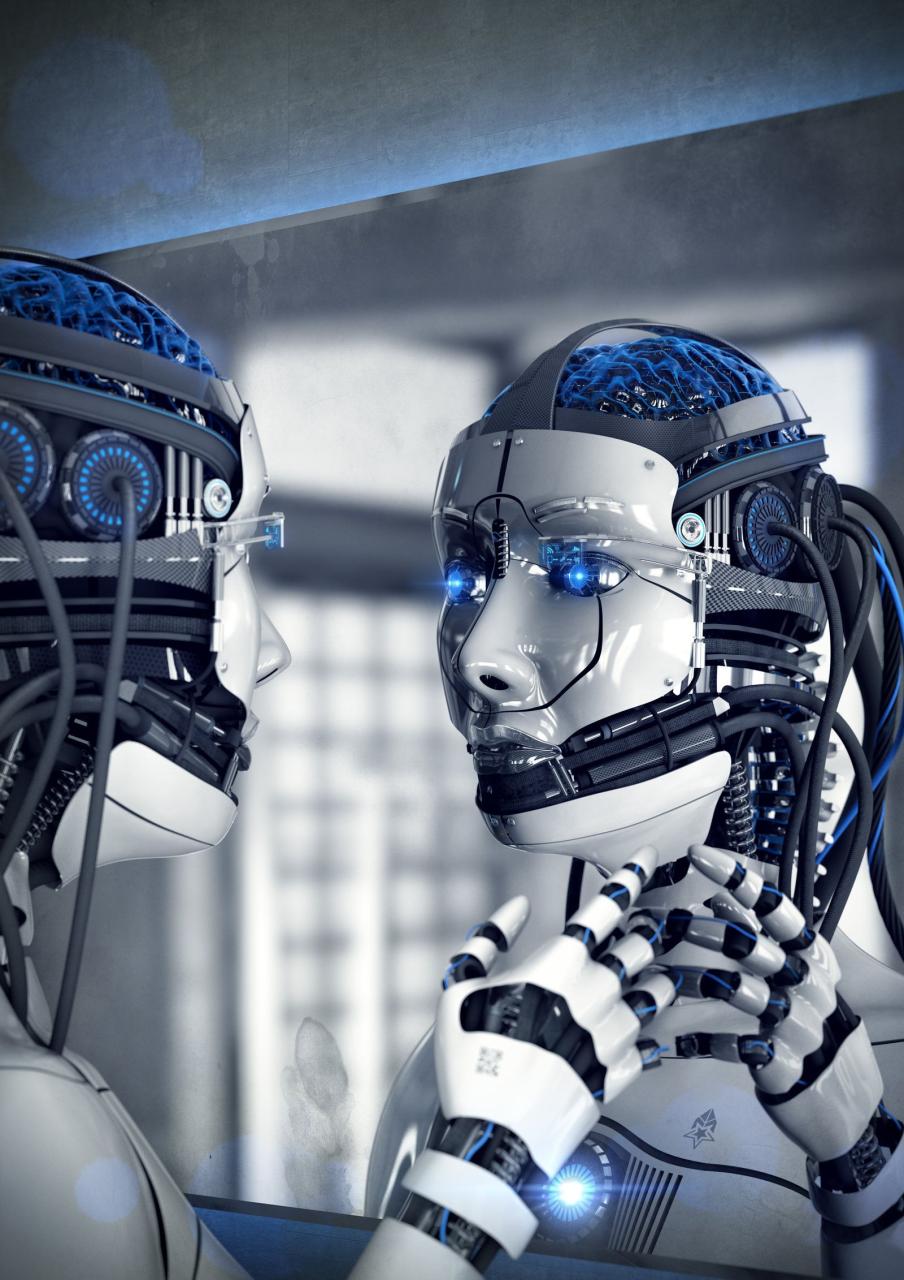cience fiction has a unique capacity to inspire real-world technological advances. Among the many franchises that have shaped modern innovation, Star Trek stands out as a beacon of futuristic vision. From communicators to holodecks, the series predicted or at least influenced numerous breakthroughs in communication technology. Today, as artificial intelligence (AI) chatbots evolve at an unprecedented pace, designers and developers find themselves looking back at Star Trek for guidance on user experience, natural language interaction, and seamless integration. This article explores how Star Trek inspires AI chatbot communication, analyzes current parallels, and offers practical recommendations for creating engaging, intuitive chatbot experiences.
1. The Communicator and Conversational Interfaces
In the original Star Trek series (1966–1969), officers used handheld communicators to speak instantly across starships and planets. This simple device foreshadowed today’s smartphones and wearable tech. More importantly, it introduced a model of communication that was:
A. Instantaneous: No dial tones, no waiting. The communicator connected users in real time.
B. Hands-free: By the time of Star Trek: The Next Generation (1987–1994), Voice-Activated Communicators allowed zero-contact operation.
C. Context-aware: AI-driven systems on the USS Enterprise understood user context, location, and urgency.
Modern chatbots borrow these principles. They aim to provide instant, context-sensitive responses without requiring complex navigational commands. Virtual assistants like Siri, Alexa, and Google Assistant exemplify this trajectory, turning voice triggers and more recently, conversational AI into everyday tools.
Key Takeaway: Emphasize low-latency responses and context awareness in chatbot design to mimic the seamless experience of Star Trek communicators.
2. Parallels Between the Universal Translator and AI Translation
The Universal Translator in Star Trek was a fictional device capable of interpreting alien languages in real time. This concept parallels modern machine translation services:
A. Real-time processing: Tools like Google Translate and Microsoft Translator occur within seconds.
B. Adaptive learning: Neural Machine Translation (NMT) engines improve over time through user feedback and large datasets.
C. Multimodal integration: Just as the Universal Translator handled spoken, written, and telepathic inputs, advanced bots today process text, audio, images, and even video.
Despite these similarities, real-world translation still faces challenges in slang, idioms, and cultural context challenges that the Universal Translator neatly sidestepped. AI developers can draw inspiration from Star Trek by striving for translation systems that better handle nuance and preserve speaker intent.
3. The Holodeck: Immersive Conversational Environments
One of Star Trek’s most visionary inventions is the Holodeck a fully interactive simulation capable of generating lifelike environments and beings. While chatbots are not simulation engines, they benefit from immersive design:
- Rich context: Provide backstory or situational context to make chatbot interactions feel more personal and engaging.
- Multi-turn conversations: Allow the user and AI to maintain long-term memory and continuity, much like recurring Holodeck storylines.
- Adaptive NPC behavior: Just as virtual characters on the Holodeck adapt to user actions, chatbots should personalize responses based on user history and preferences.
Implementation Tip: Incorporate user profiles, preferences, and conversation logs to create a pseudo-immersive environment, improving both engagement and satisfaction.
4. Ethical and Emotional Intelligence: Lessons from Star Trek
Star Trek often tackled moral and ethical dilemmas: interactions with the Borg raised questions about autonomy, while Klingon negotiations highlighted the importance of cultural respect. AI chatbots, especially those in customer service or healthcare, must navigate sensitive interactions.
A. Empathy modules: Train chatbots to recognize and respond appropriately to emotional cues.
B. Ethical guardrails: Implement policies that prevent bots from providing harmful or unethical advice.
C. Transparency: Clearly disclose to users when they are interacting with AI, and provide options to escalate to human support.
By adopting an ethical framework reminiscent of Star Trek’s Prime Directive non-interference and respect for autonomy developers can build trust in AI systems and prevent misuse.
5. Voice Projections and Natural Language Processing (NLP)
In Star Trek, ship computers respond to voice commands with near-perfect accuracy. Current NLP models, powered by deep learning, have made incredible strides, yet still grapple with:
A. Accents and dialects: Ensuring robust performance across global user bases.
B. Ambiguity resolution: Disambiguating user intent in vague queries.
C. Long-form dialogue: Maintaining coherence over extended exchanges.
To narrow the gap:
- Diverse training data: Incorporate voices and dialects from around the world.
- Few-shot learning: Enable models to learn new terms or contexts on the fly.
- Memory networks: Leverage architectures that retain dialogue context across sessions.
6. UI Design: From LCARS to Conversational Flows
Star Trek: The Next Generation introduced the LCARS interface sleek panels with clear visual hierarchies. While chatbots often lack visual elements, the design ethos still applies:
- Clean presentation: Use whitespace and concise messages to avoid overwhelming users.
- Guided interactions: Employ quick-reply buttons, menus, and carousels to streamline user choices.
- Consistent language: Mirror the same tone and terminology throughout the user journey.
SEO Tip: Optimize chatbot-driven help pages by indexing guided conversation flows, incorporating relevant keywords in quick replies, and embedding metadata for rich snippets.
7. Measuring Success: Metrics Inspired by Starfleet Protocols
Starfleet evaluated mission success through clear objectives and logs. Similarly, chatbot performance can be quantified by:
A. Resolution rate: Percentage of queries resolved without human intervention.
B. Average response time: Latency from user input to bot output.
C. User satisfaction (CSAT): Post-conversation surveys and sentiment analysis.
D. Escalation rate: Frequency of handoffs to human agents.
Use these metrics to iterate on conversation scripts, refine NLP models, and improve user satisfaction
8. Future Prospects: From Warp Drive to AI Singularity
Star Trek’s vision of warp drive mirrors AI’s trajectory toward singularity. As chatbots become more autonomous:
- Proactive assistance: Bots anticipate user needs and initiate helpful interactions.
- Cross-platform continuity: Conversations migrate seamlessly across devices, from wrist wearables to VR headsets.
- Collaborative AI: Multiple specialized bots cooperate, akin to an away team with diverse skills.
Developers should prepare for these advancements by modularizing chatbot architectures, emphasizing interoperability, and adopting open standards.
Conclusion Star Trek has done more than entertain; it has shaped our expectations for technology and human–computer communication. By drawing lessons from fictional communicators, translators, and immersive environments, AI chatbot designers can create more intuitive, empathetic, and effective conversational agents. Embrace the spirit of exploration, ethics, and innovation that Star Trek exemplifies, and chart a course toward a future where AI dialogue is as seamless as command deck conversations on the USS Enterprise.















